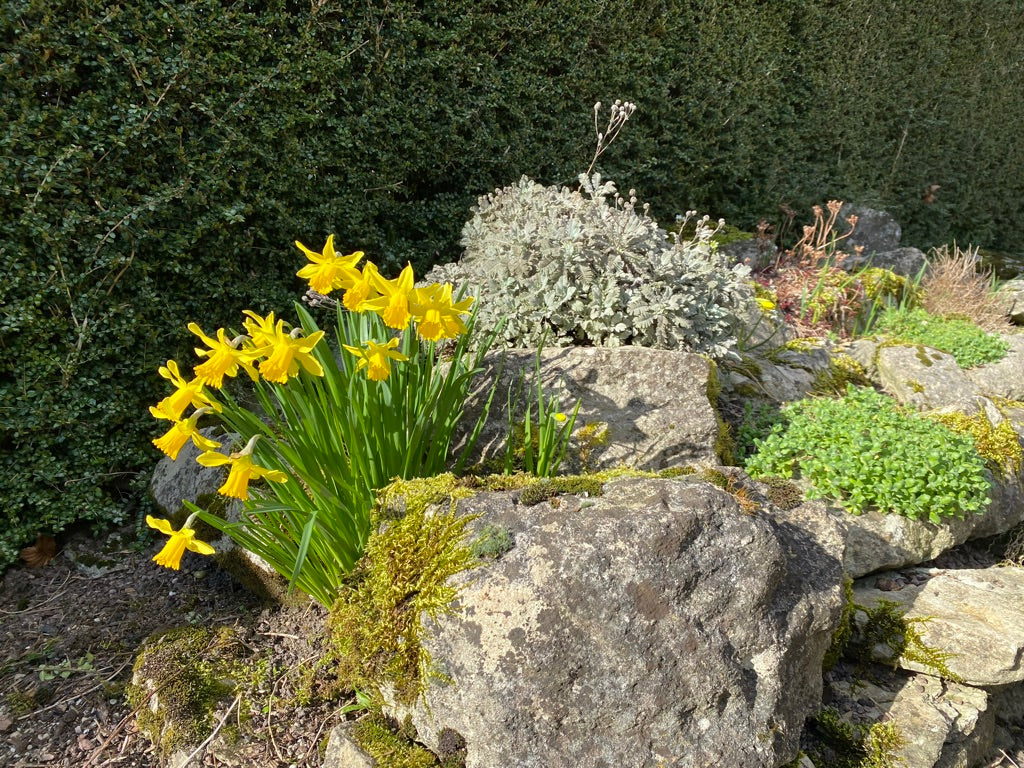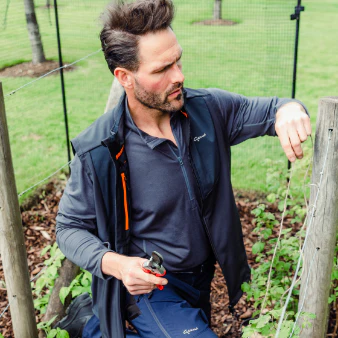Plant folklore - narcissus

The appearance of daffodils is often the first sign of the changing seasons. These flowers have long been associated with fertility and new life, and a gift of daffodils is traditionally considered auspicious.
Historical records show that Druids utilised these native flowers extensively, as noted by Pliny the Elder, who documented their application in treating bronchitis and skin ailments, as well as their use as a general tonic.
The mythological significance of daffodils is particularly evident in fairy folklore. A widespread belief holds that fairies seek sanctuary within these flowers during times of danger. This has led to the traditional warning against stepping on daffodils, in case you disturb a fairy resting within its petals. Some modern interpretations suggest that fairies use daffodils as communication devices.
The connection between fairies and daffodils is beautifully captured in Marjorie Barrows' verse:
"When the winds of March are wakening the crocuses and crickets,
Did you ever find a fairy near some budding little thickets...
And when she sees you creeping up to get a closer peek
She tumbles through the daffodils, a-playing hide and seek."
The daffodil was significant in classical antiquity with Greek dramatist Sophocles referring to it as the ‘chaplet of the infernal gods’. More famously, the flower became known as Narcissus, referring to the mythological youth transformed by the gods after becoming entranced by his own reflection in a spring of the River Lamus. The flower is also seen in the myth of Persephone, daughter of Demeter, where the goddess's gathering of daffodils precedes her descent into the Underworld.











